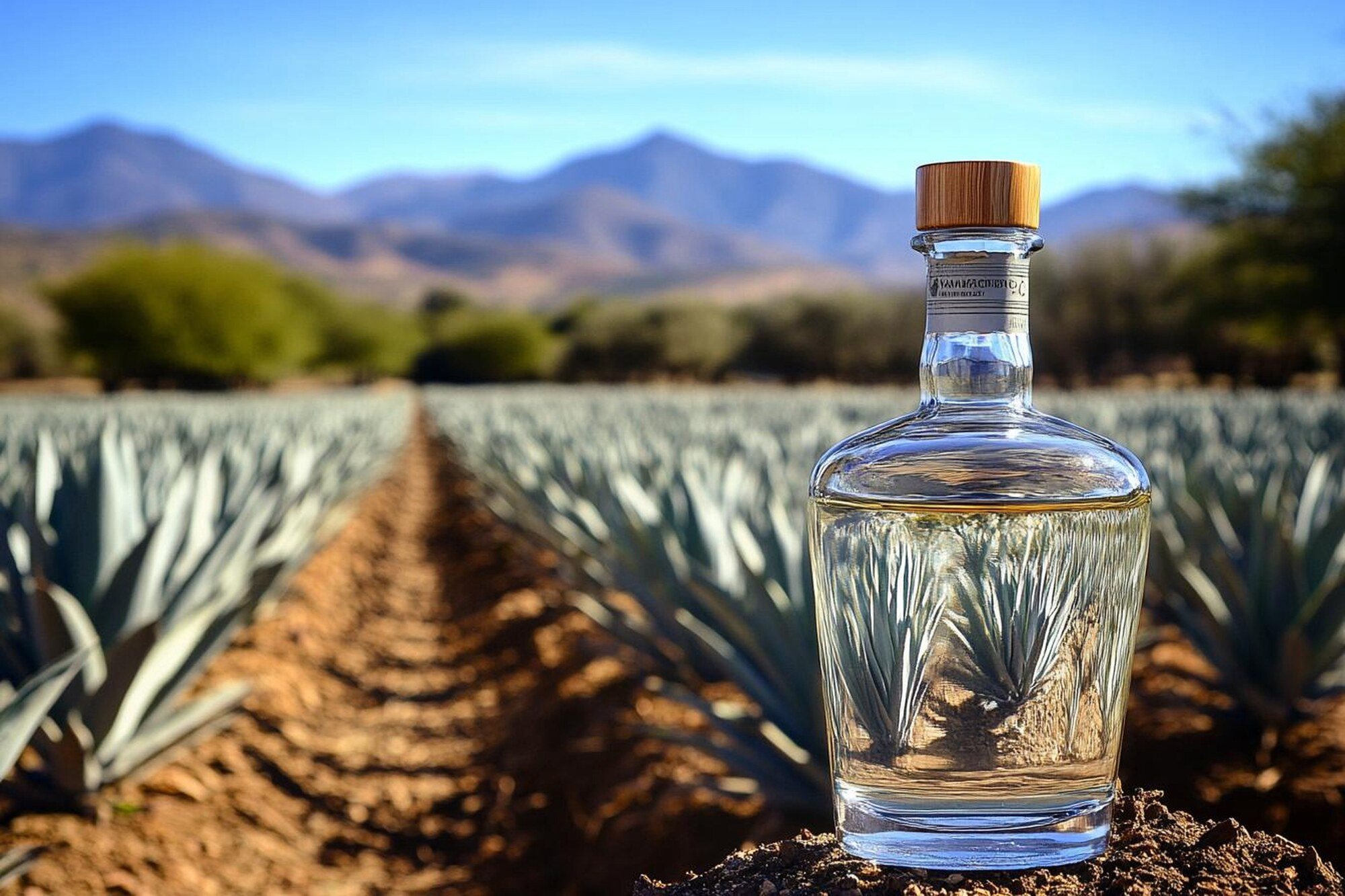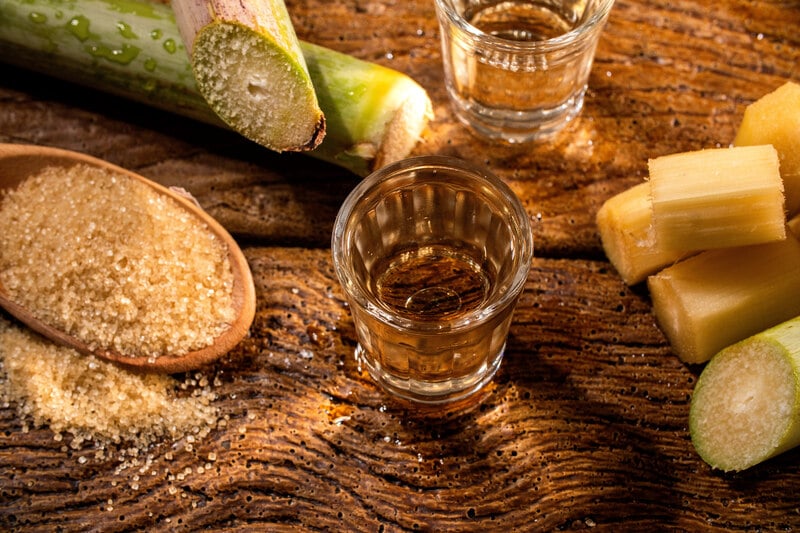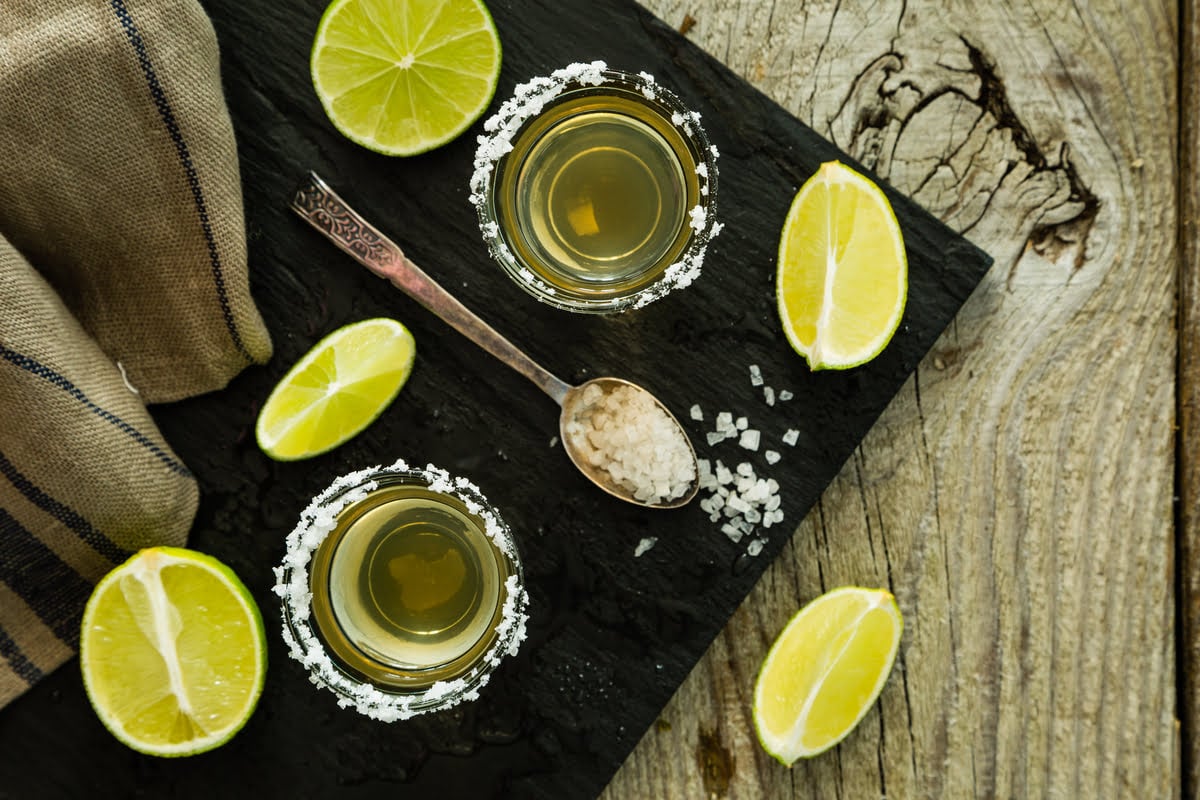
Artisanal vs. ancestral mezcal isn’t just a question of taste—it’s a window into two distinct worlds of craftsmanship. Both are rooted in centuries-old Mexican tradition, yet they follow different paths from agave to bottle.
Artisanal mezcal blends heritage with practical evolution, using stone tahonas and copper stills to achieve consistency while honoring the past. Ancestral mezcal, by contrast, remains fully hand-crafted with clay pots, wooden tools, and pure manual labor, preserving techniques nearly unchanged for generations.
Understanding their real differences in the process helps drinkers appreciate not only the flavor but the human story and cultural depth behind every drop.
What is artisanal mezcal?
Artisanal mezcal is produced with traditional methods adapted to small-scale efficiency. Under Mexico’s NOM-070, “Mezcal Artesanal” allows tools like stone tahona for crushing and copper alembic stills for distillation, while keeping roasting in earthen pits and natural fermentation.
In practice, artisanal mezcal balances heritage and consistency, making it the most common style consumers encounter worldwide. When people compare artisanal vs ancestral mezcal, they’re often tasting the impact of materials—copper vs clay—and how each step concentrates aroma, texture, and smoke.
Artisanal mezcal embodies the balance between heritage and precision—a craft that respects tradition while embracing subtle innovation. Among the finest examples are Del Maguey’s Vida Clásico and Vida de Muertos, both produced with wood-fired copper stills that preserve agave purity and regional expression.
Definition and legal standards
Legally, artisanal mezcal must roast agave with wood or hot stones in earthen pits or above-ground ovens, ferment with native or added yeasts in natural containers such as wood or masonry, and distill in copper or clay pots without industrial columns.
Mechanical shredders are sometimes permitted, but the spirit’s identity is anchored in batch-driven, hands-on production. Labels typically state agave species, region, and the maestro mezcalero, helping drinkers trace the origin and method.
Typical tools and techniques
In an artisanal palenque, roasted piñas are crushed with a stone tahona pulled by mule or motor, or occasionally with a small mechanical mill. Fermentation happens in open-topped wooden tinas where ambient microbes thrive.
Distillation in copper alembics gives the producer precise temperature control and cleaner separation of heads, hearts, and tails. The result is a bright, expressive spirit that highlights agave character with a polished, often fruit-forward profile and controlled smoke.
Flavor profile and common agave varieties
Artisanal mezcal often shows clear fruit, floral lift, and sweet roasted agave notes supported by moderate smoke. Expect lime zest, green mango, white pepper, and roasted squash, depending on the agave and terroir.
Espadín (A. angustifolia) leads for its reliable sugars and versatility, while Tobalá, Cuishe, and Tepeztate appear in limited runs. For cocktails, artisanal mezcal’s clarity and structure make it versatile without overpowering other ingredients.
What is ancestral mezcal?
Ancestral mezcal is the most heritage-bound category. NOM-070 restricts tools and methods more strictly than for artisanal mezcal, preserving pre-industrial techniques across all stages.
Production is slower, yields are smaller, and sensory expression often leans earthier and texturally deeper. When consumers search for ancestral mezcal or mezcal ancestral, they’re seeking clay-distilled nuance, tactile mouthfeel, and a time-capsule expression of place.
Definition and legal standards
“Mezcal Ancestral” requires agave roasting in earthen pits, hand-mashing with wooden mallets or canoas, spontaneous fermentation in natural vessels, and distillation exclusively in clay pots (ollas de barro). No mechanical mills or copper stills are allowed.
Fibers are commonly included during fermentation and sometimes during distillation, adding weight and savory complexity. Every batch is tiny, seasonal, and tightly tied to the maestro’s techniques and local conditions.
Traditional tools and techniques
After pit-roasting, the agave is chopped and hand-milled in a wooden canoe, a labor-intensive process that preserves fibers. Fermentation relies on native yeasts in wood, stone, or clay.
Distillation happens in stacked clay pots heated by direct fire, which demands finesse: small charges, delicate cuts, and shorter runs. Clay contributes micro-porosity and gentle heat dynamics, amplifying earthy aromatics and rounding the palate.
Flavor profile and production constraints
Ancestral mezcal often shows clay minerality, gentle smoke, cocoa husk, damp herbs, and savory-sweet agave tones with a velvety texture.
Because hand-mashing and clay distillation are slow and fragile processes, batch sizes are tiny and losses can be high. Scarcity, labor, and risk explain why authentic mezcal ancestral is rarer and usually pricier.
Ancestral mezcal invites you into the heart of time-honored craftsmanship, where every drop reflects centuries of knowledge passed from maestro to maestro. Expressions like Del Maguey Minero, distilled in clay pots in Santa Catarina Minas, capture the earthy minerality and gentle smoke that define true ancestral character.

Artisanal vs Ancestral Mezcal: Key process differences
The differences begin at the roasting pit and compound through crushing, fermentation, and distillation. Each choice—stone vs hand-mash, copper vs clay—changes heat transfer, extraction, and the way congeners form and carry into the final spirit.
Understanding these steps clarifies why artisanal mezcal can taste lifted and bright, while ancestral mezcal often feels denser, earthier, and more textural.
Cooking: Earthen pit methods and wood selection
Both categories typically roast in underground pits, but wood species, stone type, pit depth, and roast duration vary by producer. Hardwoods yield steady heat and a clean smoke line, while resinous woods can add sharper phenolics.
Longer, slower roasts caramelize agave sugars, increasing perceived sweetness and body. Subtle differences in pit construction and stones can tilt flavors toward mineral, chocolate, or baked yam notes.
Crushing: Tahona vs. hand-milled with wooden mallets
Tahona crushing is efficient and relatively uniform, extracting a balanced juice-fiber mix that ferments predictably. Hand-milling is slower and more variable, leaving more intact fibers and potentially different particle sizes that influence fermentation kinetics.
The result can be a denser mouthfeel and more rustic aromatic spectrum—think wet earth, cacao nib, and wild herb accents—especially noticeable in ancestral mezcal.
Fermentation: Wooden vats, animal skins, or clay
Artisanal mezcal typically ferments in wooden tinas where lactobacilli and wild yeasts thrive. Ancestral producers may also use clay vessels or, historically, animal skins, which can shift temperature and oxygen exposure.
Including shredded fibers during fermentation increases contact with lignin-derived compounds and micronutrients, often enhancing texture and deepening aromas. Cooler nights slow fermentation, boosting ester formation and complexity.
Distillation: Copper alembic vs. clay pot
Copper heats quickly and evenly, enabling clean cuts and a brighter, high-definition profile—great for highlighting fruit and floral notes.
Clay retains and radiates heat differently; its micro-porosity and thermal inertia encourage a softer, rounder spirit with earthy mineral tones.
Clay also interacts mildly with acidity and volatile compounds, often yielding chocolate, damp stone, and gentle smoke signatures that define many ancestral bottlings.
Inclusion of fibers in distillation and its impact on texture and aroma
When fibers carry into distillation—common in ancestral practice—they act like a flavor-infusing medium, releasing compounds not just from juice but from the agave itself.
Expect thicker mid-palate weight, layered smoke, and savory undertones. In copper alembics, producers may minimize fiber carryover to keep the profile laser-clean; in clay, fiber inclusion can be a hallmark of house style.
Batch size, yields, and time requirements
Artisanal batches, while small, benefit from tahona efficiency and copper control, producing consistent runs across seasons. Ancestral batches are micro-scale, with long timelines and higher loss risk at each step. Lower yields and greater labor investment translate into fewer bottles and higher prices—key context for consumers comparing artisanal vs ancestral mezcal at retail.
How process shapes flavor: Smoke, minerality, and texture
Smoke is a seasoning, not a goal. Pit design, wood choice, and roast length set the baseline, but fermentation and still type determine how smoke integrates. Copper tends to present smoke as a clean accent around fruit and florals; clay weaves smoke into mineral and cocoa-like tones.
Texture follows process: tahona plus copper yields crisp definition, while hand-mash plus clay often shows velvety grip and lingering savory depth.
Mouthfeel, ester formation, and aromatic complexity
Slower, cooler ferments encourage ester formation—pear drop, pineapple rind, orchard florals—especially noticeable in artisanal mezcal.
Extended contact with fibers and clay-distillation can enhance glyceric feel and create layered aromas: damp stone, cacao husk, epazote, and roasted pit-roots. Oxygen exposure during hand-milling and clay fermentation also nudges oxidative notes that add complexity without heaviness when cuts are precise.
When to choose Ancestral Mezcal vs. Artisanal Mezcal for sipping or cocktails
For neat sipping, choose ancestral mezcal when you want earthy minerality, gentle smoke, and textural length—ideal for slow, contemplative pours. Choose artisanal mezcal for a brighter, fruit-forward profile with clean structure.
In cocktails, artisanal mezcal integrates seamlessly into Palomas, Martinis, and low-ABV spritzes. Reserve ancestral mezcal for minimalist builds—stirred with bianco vermouth or a dash of amaro—where clay-driven notes stay center stage.
Tasting guide: Comparing artisanal and ancestral mezcal side by side
A side-by-side reveals how method shapes sensation. Use identical glassware, equal pours, and patience. Rest each mezcal a couple of minutes after the pour; both styles open significantly with air, but ancestral bottlings often unfurl in layers thanks to clay-distillation nuance.
Setup: Glassware, serving temperature, and resting
Use copitas or narrow tulip glasses to focus aromatics. Serve at cool room temperature—too cold mutes fruit and minerality.
Rest 2–5 minutes before nosing; swirl gently, then let the spirit settle. Taste in two passes: first for structure and texture, second for aromatic detail.
Sensory checklist: Nose, palate, finish
For artisanal mezcal, note citrus oils, green mango, white pepper, roasted agave, and a clean smoke ribbon. On the palate, look for crisp attack, mid-palate fruit, and a tidy, peppered finish.
For ancestral mezcal, seek clay minerality, cocoa husk, river stone, roasted yam, and sweet herbs. The palate should feel velvety with smoke integrated into earth and spice, finishing long with savory-sweet agave.
Pairing and cocktail applications without masking nuance
Pair artisanal mezcal with bright ceviches, citrus-dressed salads, or fresh cheeses—the spirit’s fruit and lift cut through acid and salt. Pair ancestral mezcal with roasted root vegetables, mole, aged cheeses, or dark chocolate to echo clay-driven depth.
In cocktails, keep ratios respectful: let mezcal lead, avoid heavy syrups, and use saline or a restrained bitter to frame—not bury—the agave. This approach helps both artisanal mezcal and ancestral mezcal shine, while satisfying readers exploring artisanal vs ancestral mezcal for the first time.
Whether you’re building a classic mezcal-forward cocktail or pairing a sipping mezcal with food, knowing how to pour, taste and appreciate its nuances is key.
Dive into our detailed article on how to drink mezcal to learn the art of service and presentation, from appropriate glassware to resting time—and ensure your pairing or cocktail moment truly respects the spirit’s depth and character.

Respecting the craft and the people behind every bottle
The conversation around artisanal vs ancestral mezcal is ultimately a celebration of diversity within authenticity. Both styles share a devotion to land, agave, and patience—each revealing a different interpretation of tradition.
Every sip supports communities, preserves cultural heritage, and keeps alive the knowledge of maestros whose hands define Mexico’s true spirit. Whether you lean toward artisanal mezcal or mezcal ancestral, what matters most is the respect for process—and the gratitude for those who keep it alive.
For readers who want to explore the villages, maestros, and bottles behind these traditions, start at Del Maguey.






